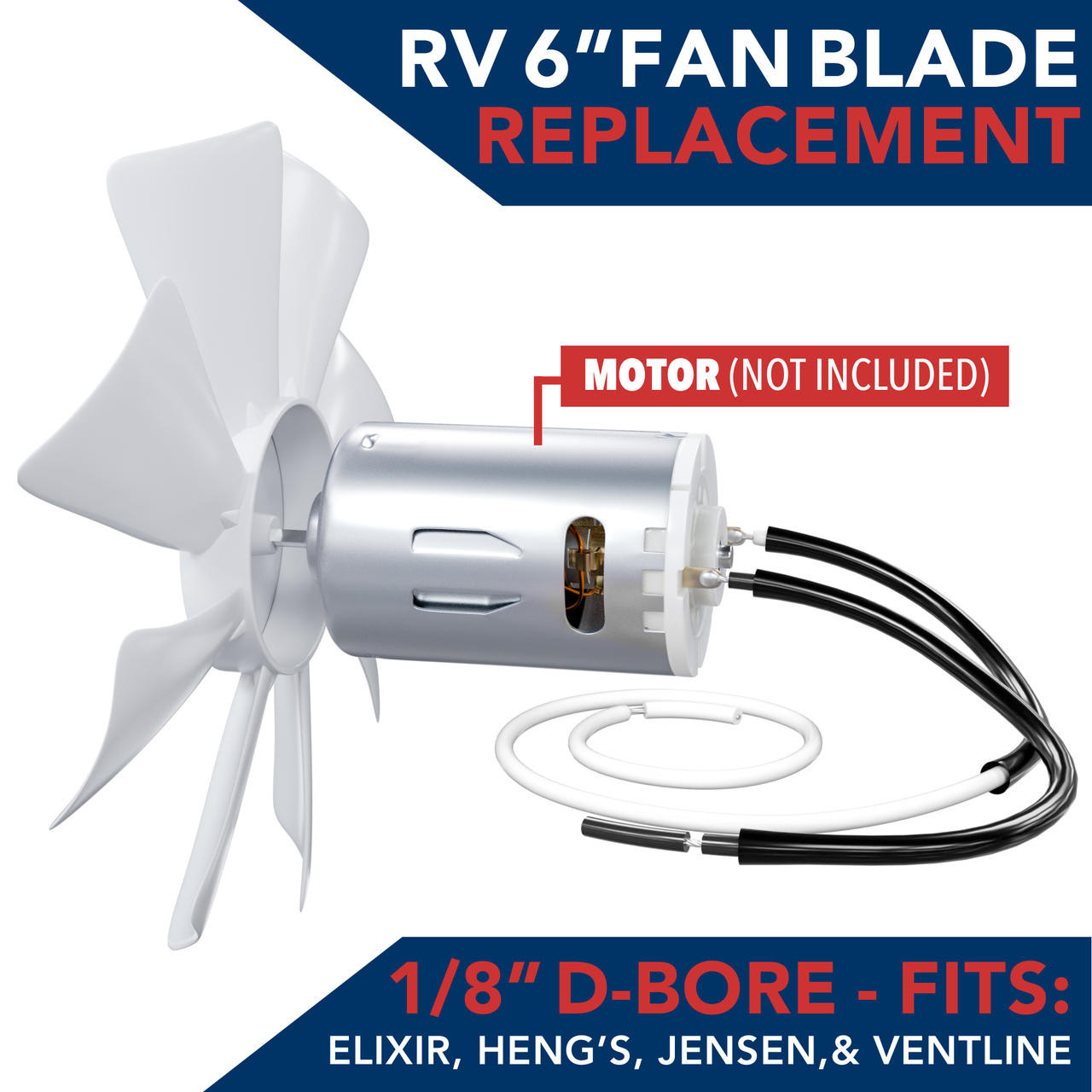RV Bathroom Exhaust Fan Blades

RV bathroom exhaust fan blades play a vital role in maintaining a healthy and comfortable environment within the confined space of an RV. These blades are responsible for extracting moisture, odors, and stale air from the bathroom, ensuring proper ventilation and preventing the buildup of harmful contaminants.
The monotonous whir of the RV bathroom exhaust fan blades, a constant companion in my mobile sanctuary, evokes a sense of comfort and tranquility. Like a whisper against the silence, it reminds me of the beauty of simplicity. The sleek black finish of the blades complements the black home decor I’ve meticulously curated, creating an ambiance that’s both stylish and functional.
The fan’s gentle breeze whispers tales of adventures past and dreams yet to come, a symphony of motion and sound that echoes the boundless spirit of the open road.
The materials used in the construction of RV bathroom exhaust fan blades have a significant impact on their durability and performance. Common materials include plastic, metal, and hybrid composites, each with its own advantages and disadvantages.
In the realm of RV comfort, bathroom exhaust fan blades play a crucial role in maintaining a fresh and odor-free environment. While browsing for fan blades, consider exploring the exquisite collection of h and m home decor. Their range of stylish and functional designs will complement your RV’s aesthetic while ensuring optimal air circulation.
Materials and Durability
- Plastic: Plastic blades are lightweight, inexpensive, and resistant to corrosion. However, they are also more susceptible to warping and cracking under extreme temperatures or prolonged exposure to moisture.
- Metal: Metal blades, typically made of aluminum or stainless steel, are more durable and resistant to heat and moisture than plastic blades. They are also less likely to warp or crack, making them a good choice for RVs that experience frequent use or extreme conditions.
- Hybrid Composites: Hybrid composite blades combine the advantages of both plastic and metal blades. They are lightweight and corrosion-resistant like plastic, but also durable and heat-resistant like metal. Hybrid composite blades are often the most expensive option, but they offer the best balance of performance and durability.
In addition to the material, the design of the exhaust fan blades also affects their durability. Blades with a larger surface area will move more air, but they are also more likely to experience stress and fatigue. Blades with a smaller surface area will be less efficient, but they will be more durable. The ideal blade design will strike a balance between airflow and durability.
The lifespan of RV bathroom exhaust fan blades can be affected by several factors, including the quality of the materials used, the design of the blades, and the frequency of use. By choosing high-quality blades and using them properly, you can extend their lifespan and ensure optimal performance for years to come.
Types of RV Bathroom Exhaust Fans: Rv Bathroom Exhaust Fan Blades

The choice of RV bathroom exhaust fan depends on factors such as RV size, ventilation needs, and desired features. To assist in selecting the most suitable fan, here’s a comprehensive table outlining different types of RV bathroom exhaust fans, their features, benefits, and drawbacks:
| Type | Features | Benefits | Drawbacks |
|---|---|---|---|
| Axial Exhaust Fans | – Propeller-like blades – Simple design – Low cost |
– Easy to install – Compact size |
– Noisier than other types – Lower airflow capacity |
| Centrifugal Exhaust Fans | – Curved blades – High airflow capacity – Quiet operation |
– Suitable for larger RVs – Energy-efficient |
– More expensive – Larger size |
| Mixed-Flow Exhaust Fans | – Combination of axial and centrifugal designs – Moderate airflow capacity – Relatively quiet |
– Versatile for various RV sizes – Balanced performance |
– May not be as efficient as dedicated axial or centrifugal fans |
Variable-Speed Exhaust Fans
Variable-speed exhaust fans offer the advantage of adjustable airflow, allowing for customization based on ventilation needs. They can operate at lower speeds for quiet operation and higher speeds for maximum airflow. This flexibility enhances comfort and energy efficiency, as the fan can be adjusted to suit specific conditions.
Installation and Maintenance of RV Bathroom Exhaust Fans

Installing and maintaining an RV bathroom exhaust fan is crucial for ensuring proper ventilation and preventing moisture buildup. Here’s a comprehensive guide to help you with the process.
Installation
Before installing the fan, ensure you have the necessary tools, including a screwdriver, drill, and wire cutters. Choose a suitable location for the fan, ensuring it aligns with the bathroom’s ventilation system.
- Mark the fan’s position and cut a hole using a jigsaw.
- Insert the fan into the hole and secure it with screws.
- Connect the fan’s wires to the RV’s electrical system, following the wiring diagram.
- Test the fan to ensure it’s functioning correctly.
Troubleshooting, Rv bathroom exhaust fan blades
If you encounter issues with your exhaust fan, here are some common problems and solutions:
- Noise: Check for loose screws or debris in the fan blades.
- Vibration: Ensure the fan is properly balanced and mounted securely.
- Airflow issues: Clean the fan blades and check for any blockages in the ventilation system.
Maintenance
Regular maintenance is essential to keep your exhaust fan functioning optimally. Here’s a recommended schedule:
- Monthly: Clean the fan blades with a damp cloth.
- Quarterly: Lubricate the fan motor with a few drops of oil.
- Annually: Replace the fan filter to prevent dust buildup.